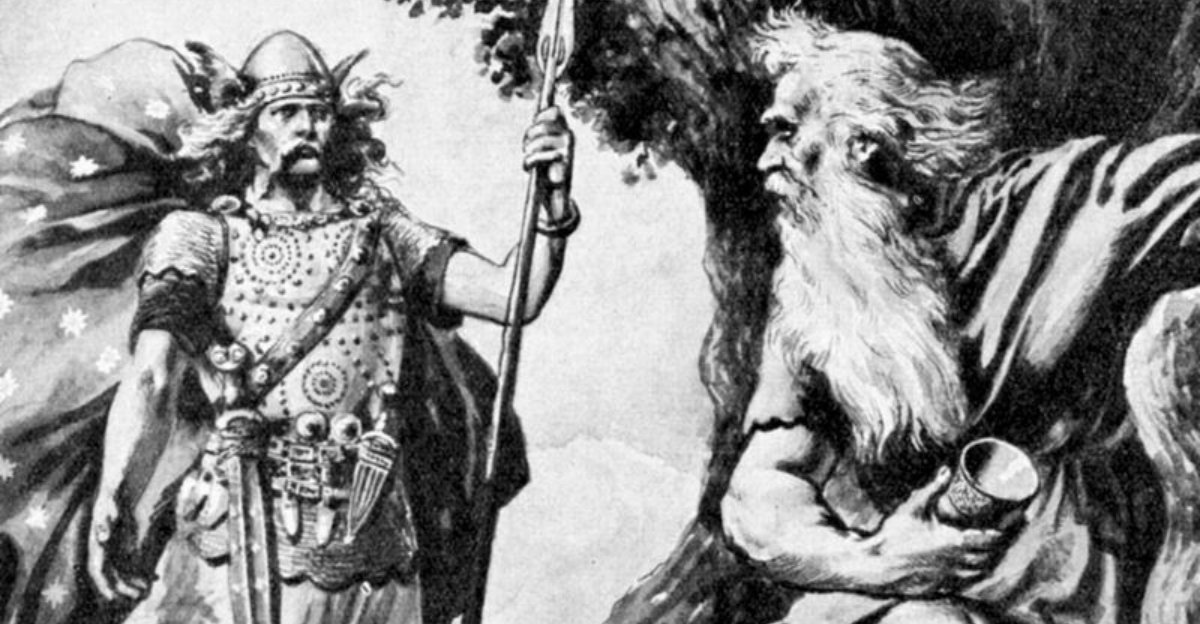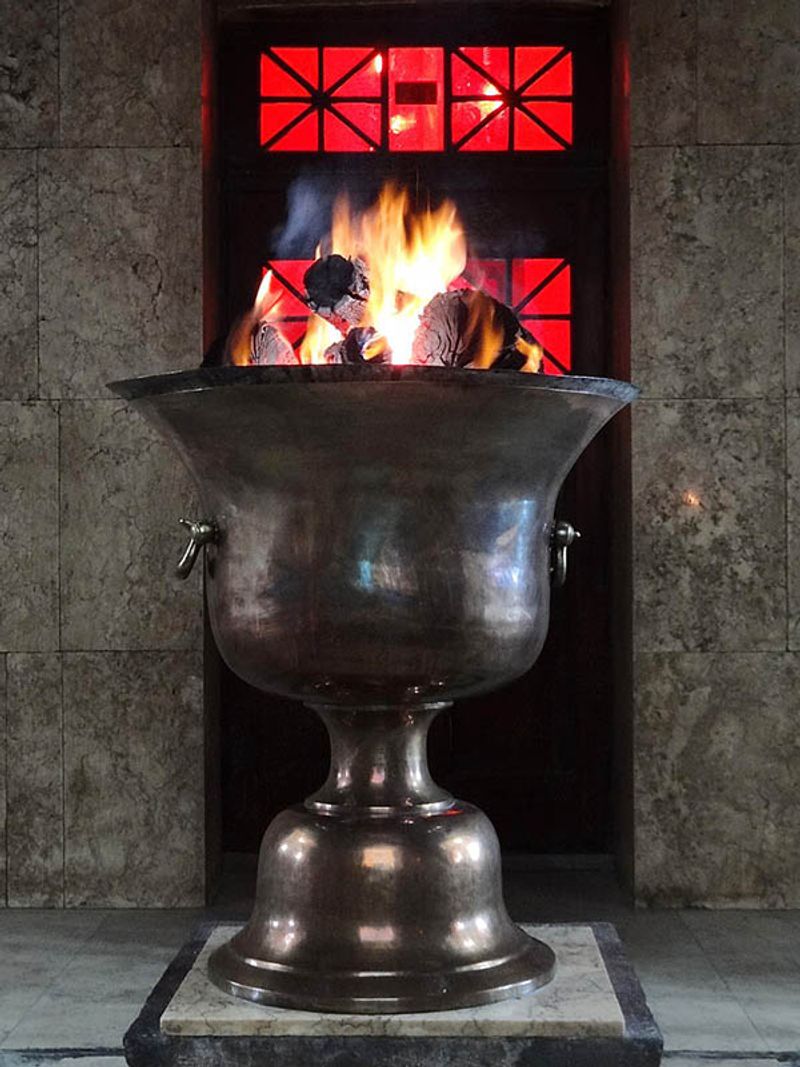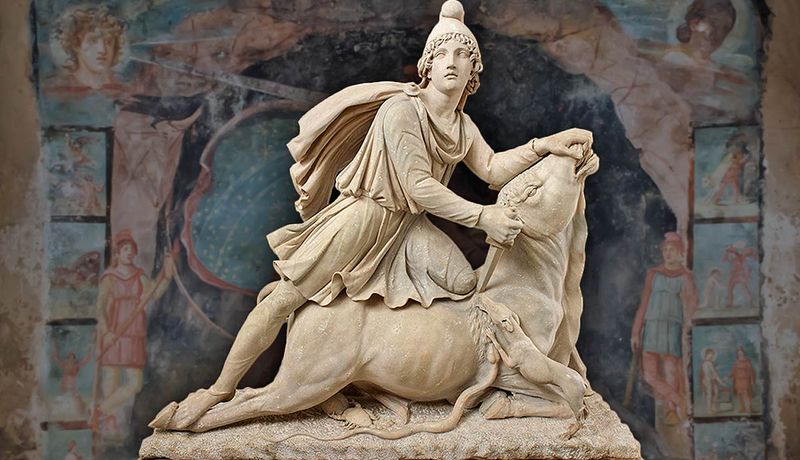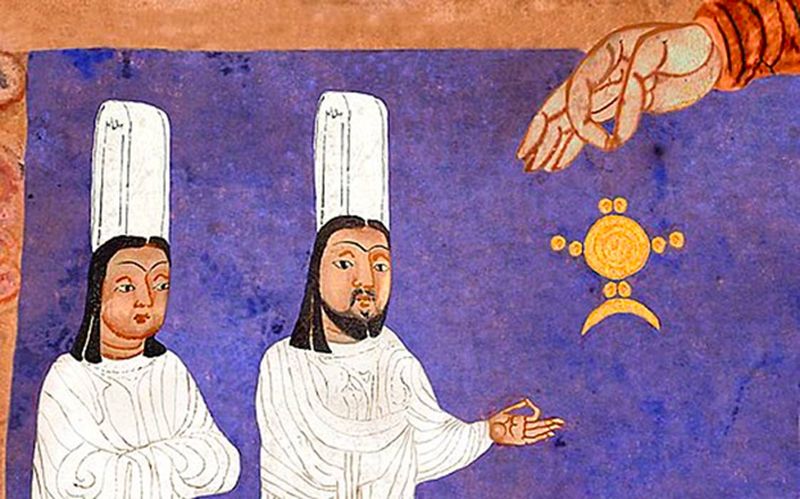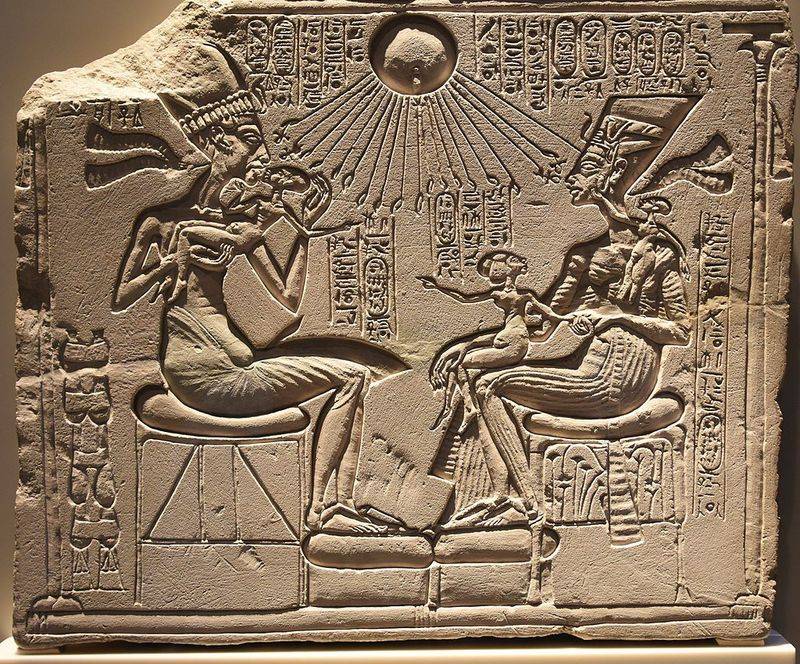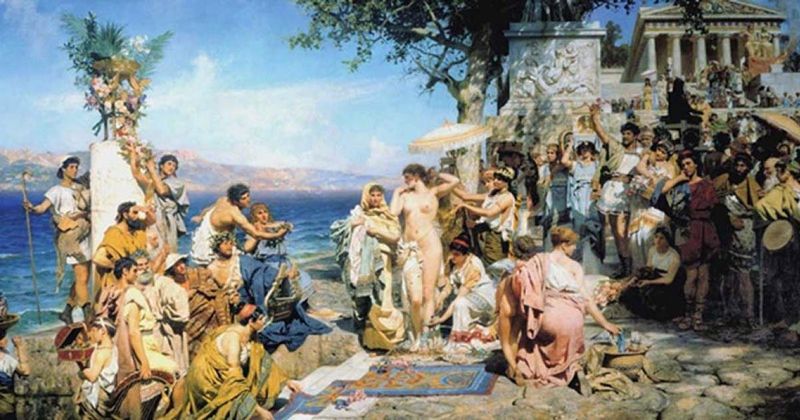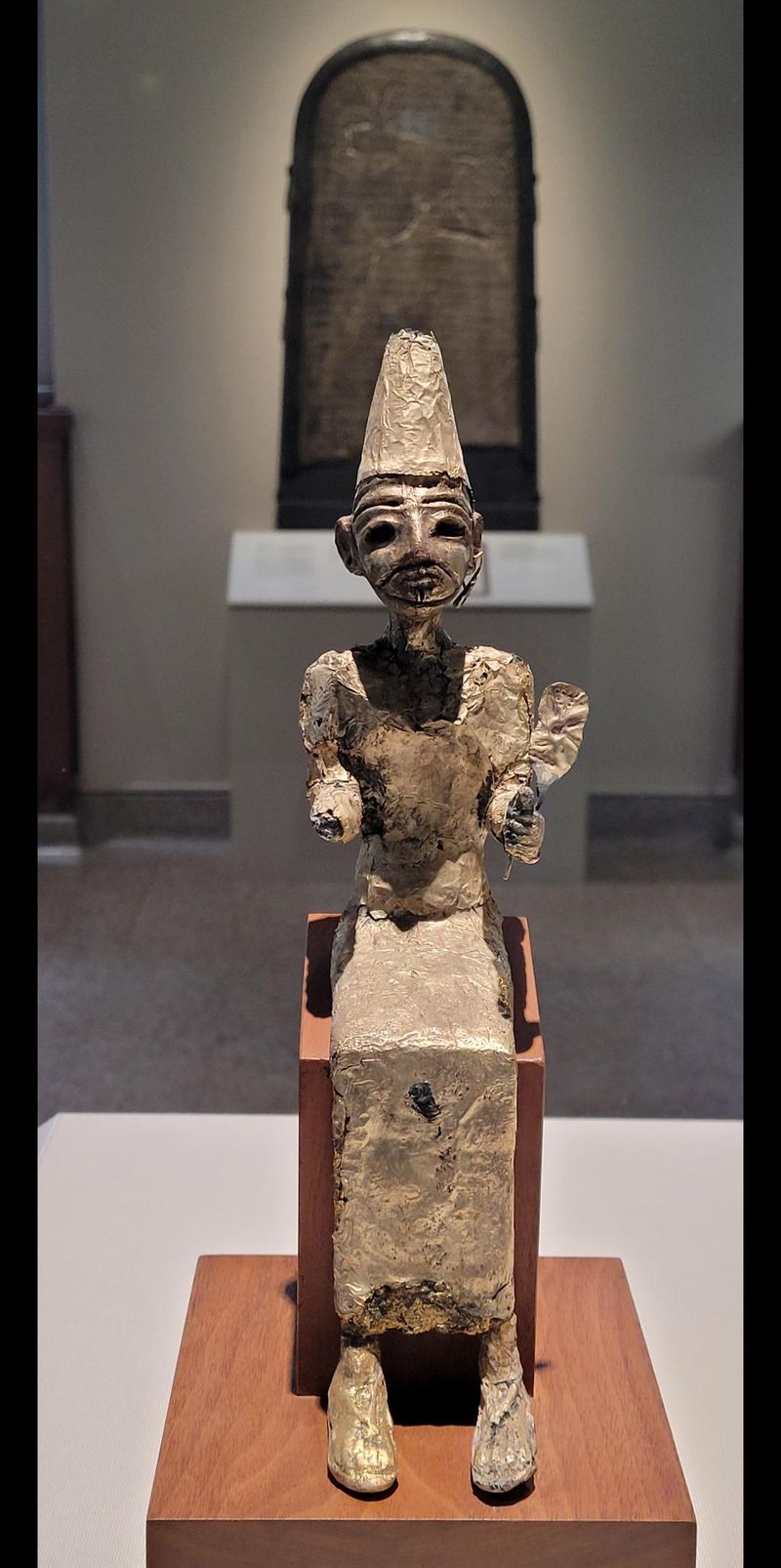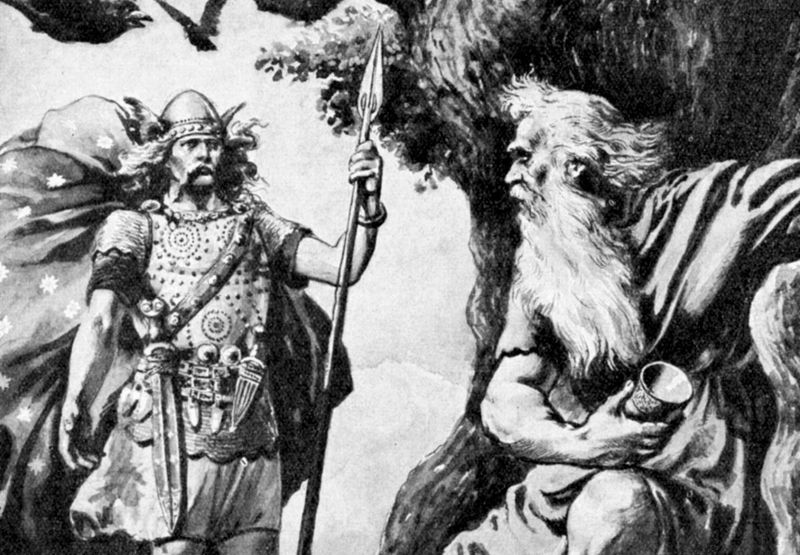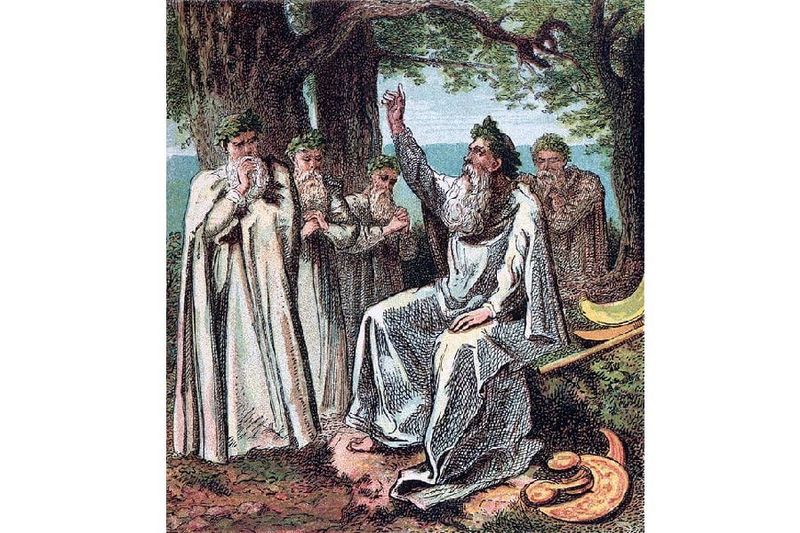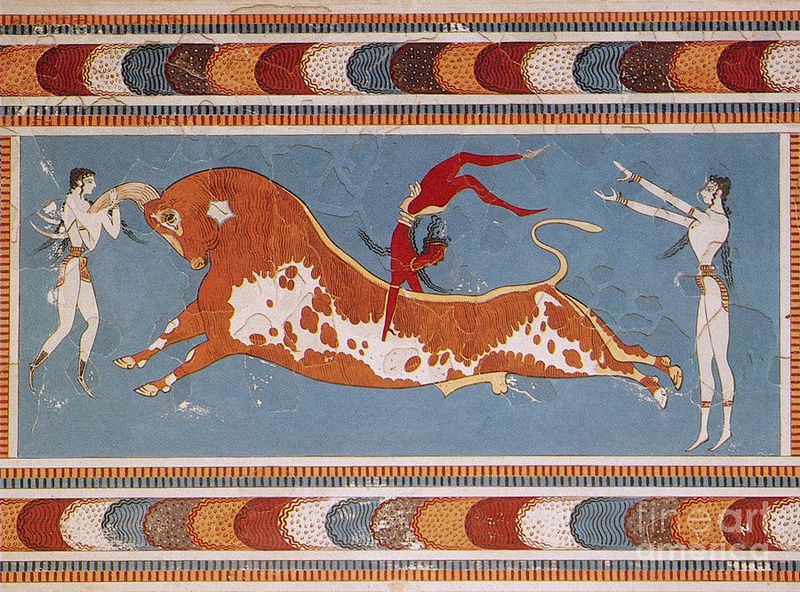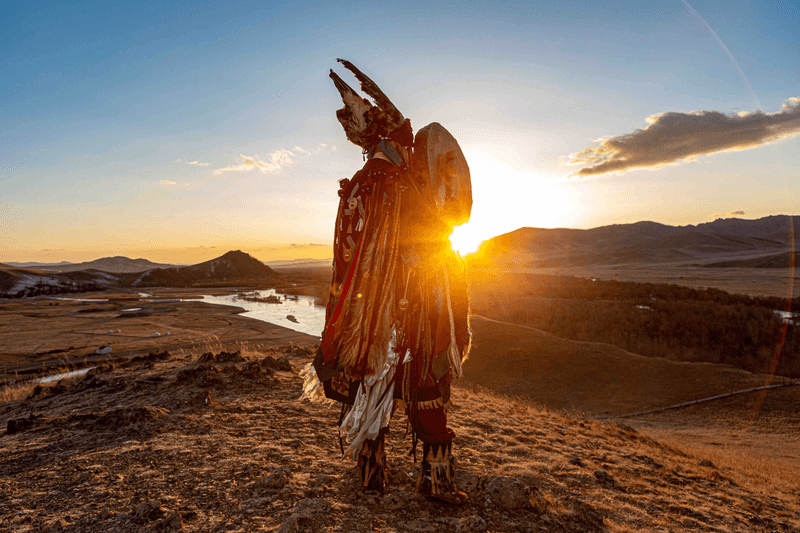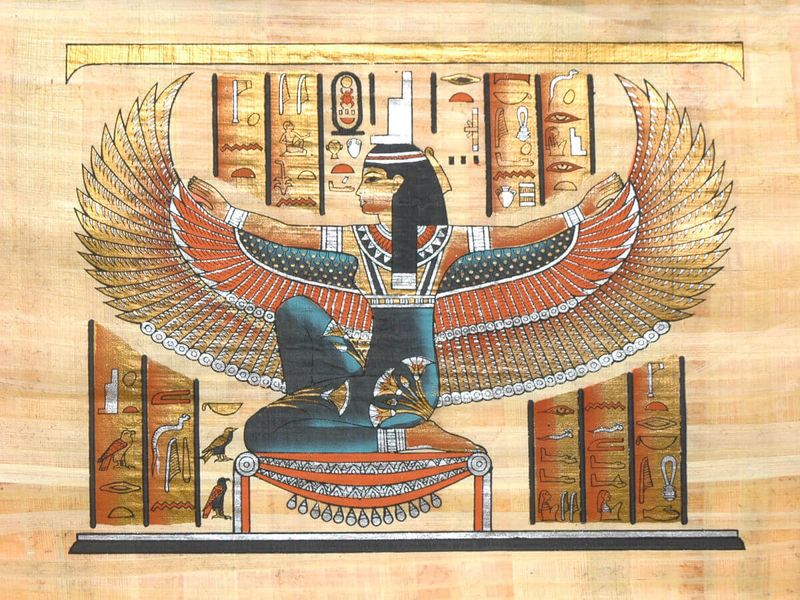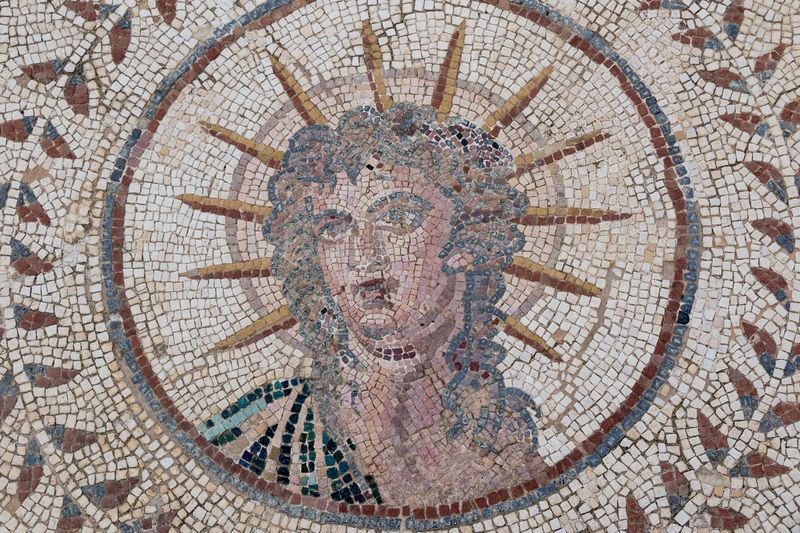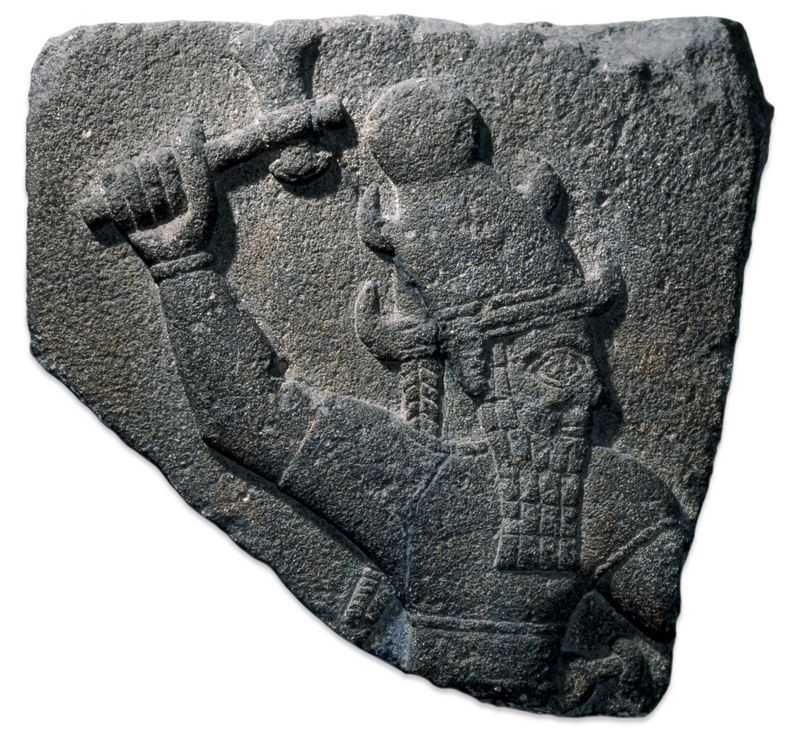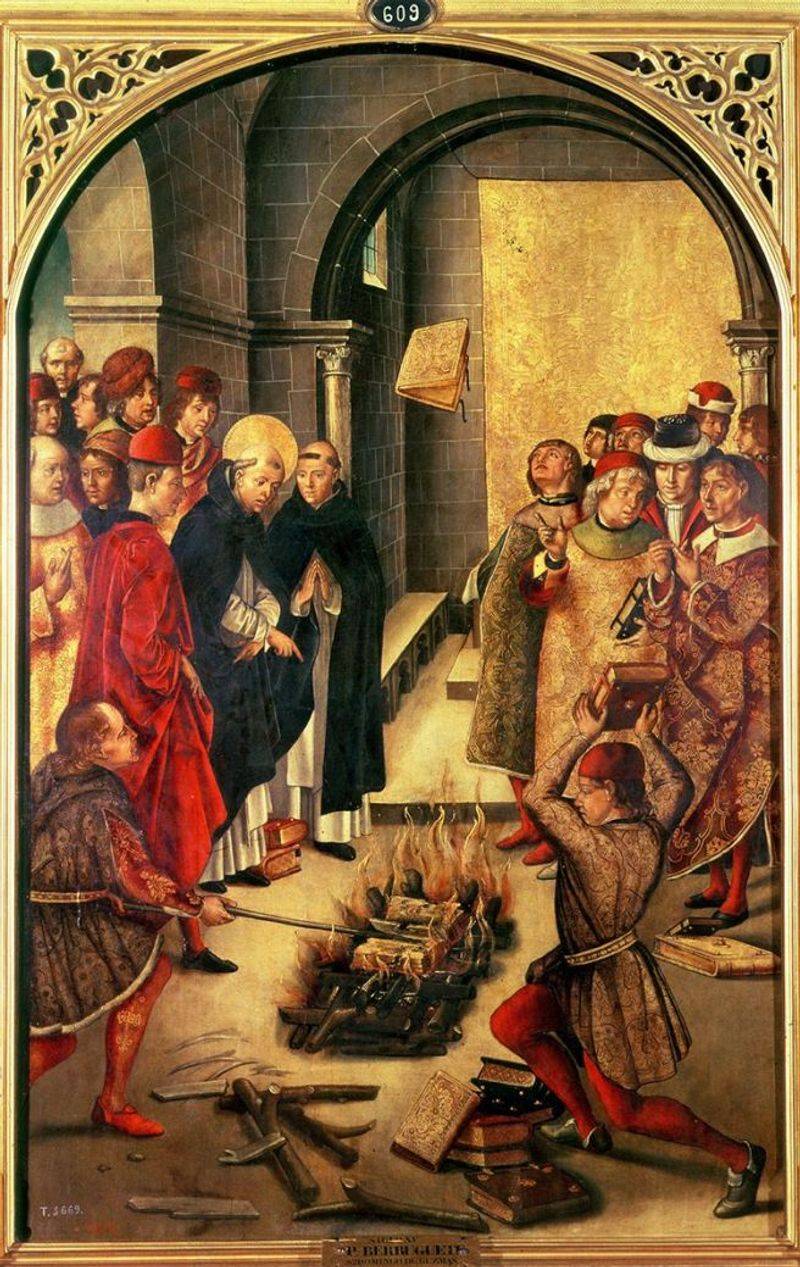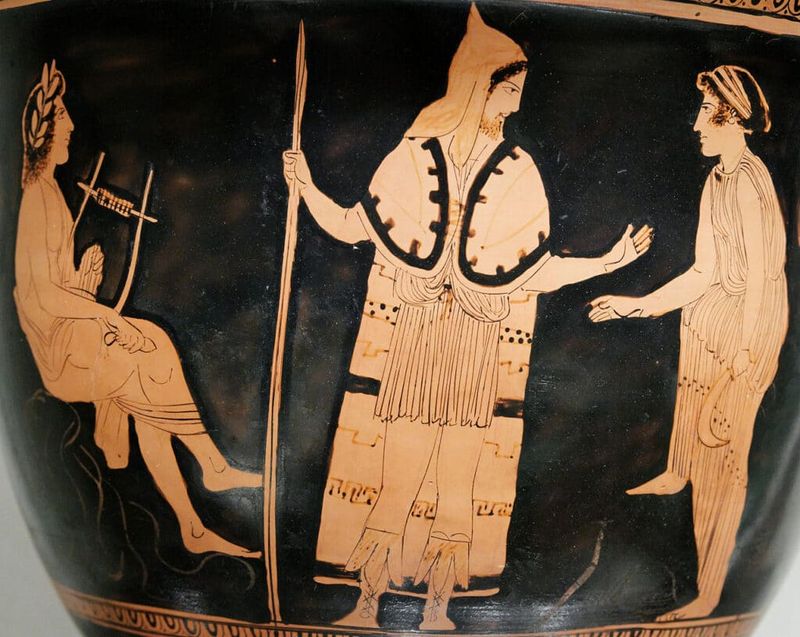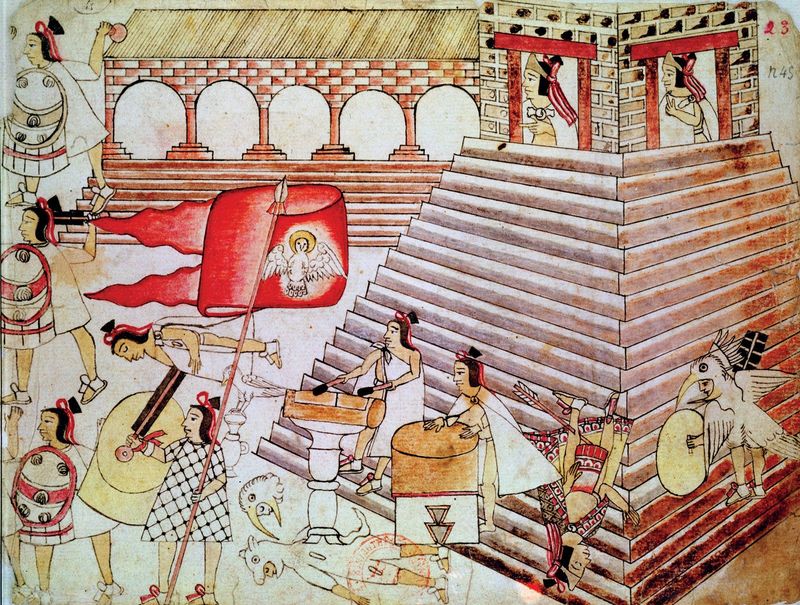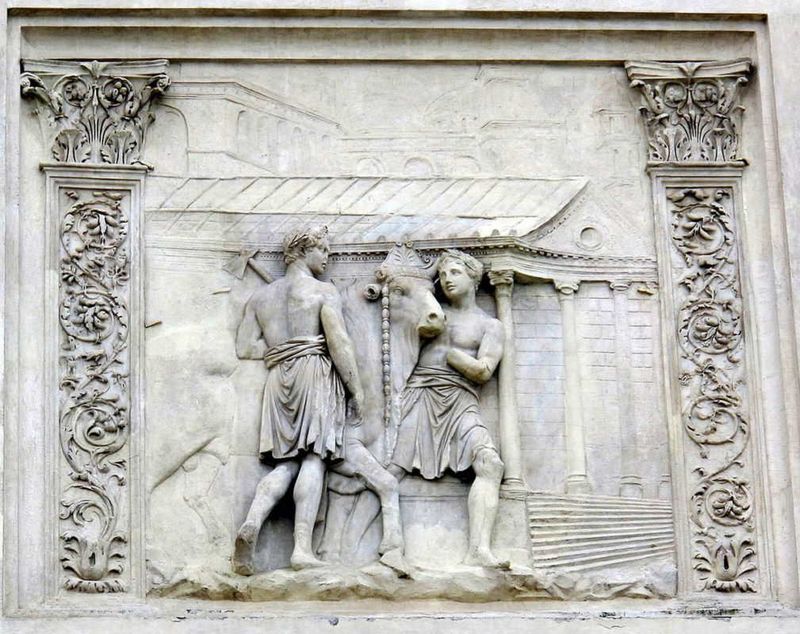Throughout history, numerous powerful religions have shaped civilizations, beliefs, and cultures. While Christianity and Islam are globally recognized today, many ancient religions held significant influence and left lasting legacies. This blog post explores 17 such lost religions, each with its unique beliefs, practices, and impacts on history.
1. Zoroastrianism
Zoroastrianism, with its dualistic beliefs, thrived in the heart of the Persian Empire. Followers revered the sacred fire, a symbol of purity and truth, and believed in the divine judgement after death. The religion’s profound influence is evident in its contributions to Judaism, Christianity, and Islam. Today, it survives among the Parsis, preserving its ancient wisdom.
2. Mithraism
In the shadows of Rome, Mithraism offered a spiritual refuge for male initiates. Centered around the god Mithras, the religion’s rituals, like the enigmatic bull-slaying, captivated many. Its mysterious nature made it a rival to early Christianity, with symbols that later found their way into Christian iconography. Despite its decline, the echoes of Mithraism whisper through history, a testament to its magnetic allure.
3. Manichaeism
Manichaeism breathed life into the age-old battle between light and darkness, spreading from Sasanian Persia to distant China. Its followers embraced strict asceticism, seeking spiritual purity amidst earthly chaos. The religion faced persecution from both Christians and Zoroastrians, yet its legacy endured, influencing movements like the Bogomils and Cathars. A cosmic tale of struggle and survival, Manichaeism’s spirit lingers on.
4. Atenism
In the blazing heart of Egypt, Pharaoh Akhenaten heralded Atenism, a radical shift to sun worship. Under the scorching sun, a monotheistic vision emerged, challenging Egypt’s polytheistic roots. This brief, revolutionary faith left traces of early monotheism, but vanished after Akhenaten’s reign. Though erased from temples, Atenism’s bold experiment in divine singularity still fascinates historians and theologians.
5. The Eleusinian Mysteries
In ancient Greece, whispers of the Eleusinian Mysteries promised blissful afterlife to initiates. Centered on Demeter and Persephone, these secret rites captivated the Greek imagination. Legends say Plato himself was inspired by these mysteries, and their echoes can be traced into early Christian mysticism. A veil of secrecy cloaked the ceremonies, leaving a tantalizing aura of wonder and mystique.
6. Canaanite Religion
Amidst the ancient Levant, Canaanite religion flourished with its pantheon of deities and ritual sacrifices. Gods like Baal, El, and Asherah were central to their worship, creating a vibrant spiritual tapestry. Though suppressed by the rise of Judaism, elements of Canaanite beliefs survived in regional folklore. A legacy of complexity and cultural richness, its echoes still resonate through history.
7. Norse Paganism
In the rugged lands of Scandinavia, Norse Paganism thrived with gods like Odin and Thor. Warriors sought honor in Valhalla, living by the threads of Wyrd, or fate. The mythology, preserved in the Eddas, informs modern Heathenry, sparking imaginations with tales of adventure and honor. A tapestry of myths and legends, it continues to captivate those who seek wisdom in ancient narratives.
8. Druidism
In the whispering woods of Celtic lands, Druidism revered nature as sacred, seeing the divine in every leaf and stone. Druids, as spiritual guides, preserved wisdom through oral tradition. Oak groves became their cathedrals, where rituals unfolded beneath the verdant canopy. Today, romanticized in neo-Druid movements, this ancient belief system continues to inspire with its deep connection to the natural world.
9. Minoan Religion
The Minoans, on the island of Crete, danced with bulls and worshipped goddesses, weaving a rich spiritual tapestry. Their rituals, like the famed bull-leaping, held deep symbolic meaning. As Europe’s earliest civilization, they may have influenced Greek mythology. Though their civilization faded, the echoes of their goddess-centered worship resonate, offering glimpses into an enigmatic past.
10. Tengrism
Under the endless skies of Central Asia, Tengrism emerged with reverence for Tengri, the sky god. It embraced shamanism and nature spirits, reflecting a profound connection to the land. As the spiritual backbone of the Mongol Empire, it guided warriors under Genghis Khan. Today, Tengrism experiences a revival, reconnecting with ancient traditions and honoring the sacredness of the natural world.
11. The Cult of Isis
The Cult of Isis transcended borders, captivating the Greco-Roman world with its mystical allure. Isis, with her promise of resurrection and protection, became a universal goddess figure. The mysteries surrounding her rites influenced early Christian practices, notably Marian devotion. A beacon of divine femininity, Isis’s legacy continues to enchant those who seek wisdom in ancient spiritual pathways.
12. Sol Invictus
In Rome’s twilight years, Sol Invictus shone as an emblem of hope and unity. This monotheistic solar worship celebrated the unconquered sun, with a festival on December 25th. Some believe it merged with Christian traditions, possibly influencing the date of Christmas. A beacon of resilience, Sol Invictus’s radiant imagery endures, illustrating the power of light against darkness.
13. Hittite Religion
In the heart of Anatolia, Hittite religion thrived with its pantheon of gods, including the storm god Tarḫunna. Their beliefs incorporated elements from neighboring cultures, creating a rich syncretic tradition. As a bridge between ancient civilizations, their religious practices influenced later Near Eastern religions. A testament to cultural fusion, the Hittites’ spiritual legacy continues to intrigue historians.
14. Catharism
In medieval Languedoc, Catharism emerged as a radical challenge to Catholic orthodoxy. Emphasizing dualism and rejecting materialism, its followers lived ascetic lives. The movement faced severe persecution, culminating in the Albigensian Crusade. Though crushed, its spiritual ideals left an enduring mark on European thought, challenging notions of orthodoxy and inspiring future reformers.
15. The Orphic Mysteries
Orpheus, with his enchanting music, inspired a spiritual movement that sought purification and enlightenment. The Orphic Mysteries, rich with themes of reincarnation and divine knowledge, captivated ancient Greece. These beliefs influenced philosophical giants like Plato and left traces in Christian theology. A melody of transformation, the Orphic Mysteries continue to resonate with seekers of eternal wisdom.
16. Aztec Religion
In the bustling heart of Mesoamerica, Aztec religion celebrated the cosmos with grandeur and intensity. Blood sacrifices to gods like Huitzilopochtli were central to their cosmology, reflecting a belief in cyclical time and cosmic renewal. Though Spanish conquest attempted to erase it, elements of Aztec spirituality merged into Mexican Catholicism, leaving a colorful mosaic of cultural and spiritual synthesis.
17. The Cult of Cybele
In ancient Rome, the Cult of Cybele offered a vibrant, ecstatic form of worship. Followers revered her as a mother goddess, while priests, known as Galli, practiced self-castration as a form of devotion. This intense spiritual experience influenced later mystery cults. A symbol of ecstatic transformation, Cybele’s worship reflected the passionate pursuit of divine connection and spiritual transcendence.
